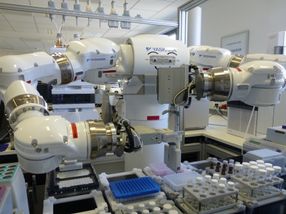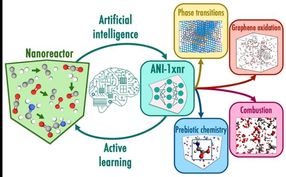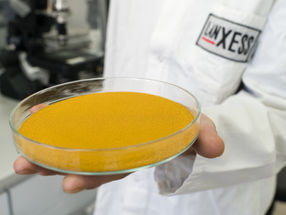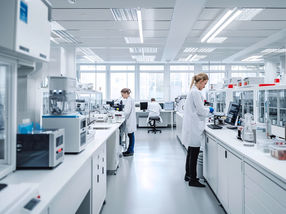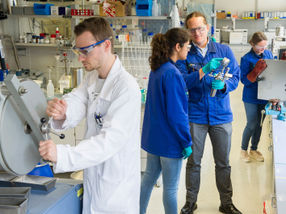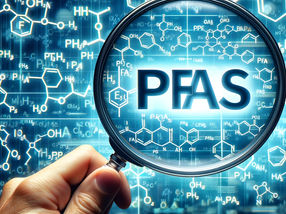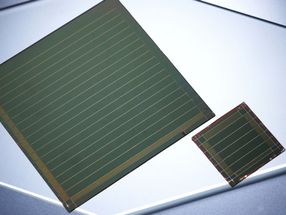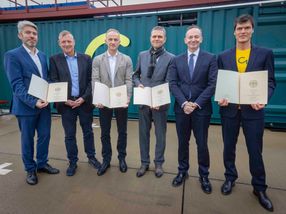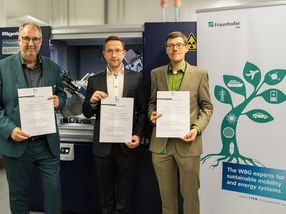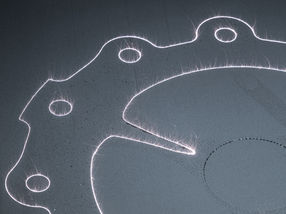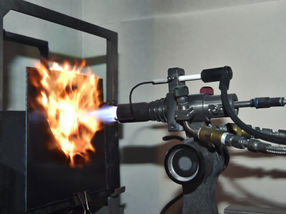DuPont Continues to Reduce Environmental Footprint
2000 TRI Data Shows 5 Percent Decline
WILMINGTON, Del., April 19, 2002 — DuPont decreased its releases to air, water, land and underground injection wells by 5 percent in 2000 versus 1999, according to data provided to the U.S. Environmental Protection Agency (EPA) for its Toxic Release Inventory (TRI). The decrease was due primarily to reducing air emissions at the source reducing liquid wastes.
"We are pleased that we are making progress as we remain focused on our goal of zero waste and emissions," said Paul Tebo, vice president, DuPont Safety, Health and the Environment.
Since 1987 DuPont has reduced its releases by 76 percent, even though production increased by more than 35 percent. Some 286 new compounds were added to the EPA's TRI reporting list in 1995.
DuPont reported releases and transfers of persistent, bioaccumulative and toxic (PBT) compounds for the first time in 2000 under a new EPA requirement to report these compounds of concern at much lower threshold values. These include 64 kg. of dioxin and dioxin-like compounds (D&DLC); 7000 lbs. of hexachlorobenzene, and; 510 lbs. of polychlorinated biphenyls (PCB's). Some 99.9 percent of D&DLC, more than 98 percent of hexachlorobenzene and more than 99 percent of PCB's were placed securely in landfills. The balance of these compounds was released to air, water or underground injection wells.
The company is committed to reducing PBT's in its operations and waste, and has targeted a 90 percent reduction of D&DLC by the end of 2007.
The DuPont Sustainable Growth 2001 Progress Report and company environmental data are available on the Internet: www.dupont.com/corp/ social/SHE/index.html.
During 2002, DuPont is celebrating its 200th year of scientific achievement and innovation – providing products and services that improve the lives of people everywhere. Based in Wilmington, Del., DuPont delivers science- based solutions for apparel; home and construction; electronics; and transportation.
Most read news
Topics
Organizations
Other news from the department research and development

Get the chemical industry in your inbox
From now on, don't miss a thing: Our newsletter for the chemical industry, analytics, lab technology and process engineering brings you up to date every Tuesday and Thursday. The latest industry news, product highlights and innovations - compact and easy to understand in your inbox. Researched by us so you don't have to.



